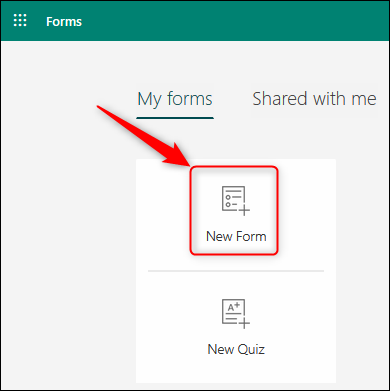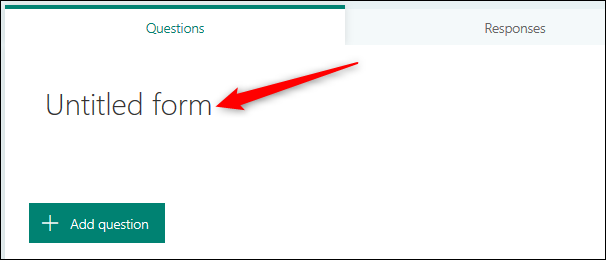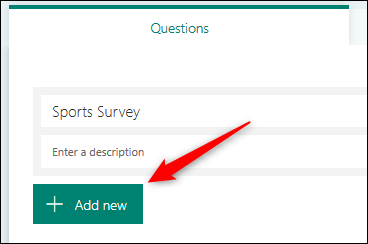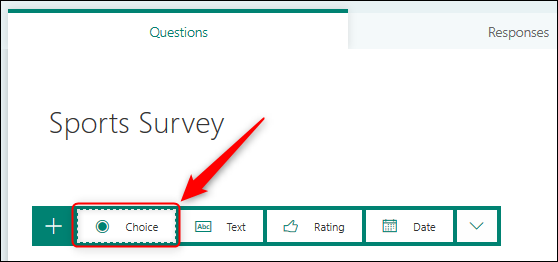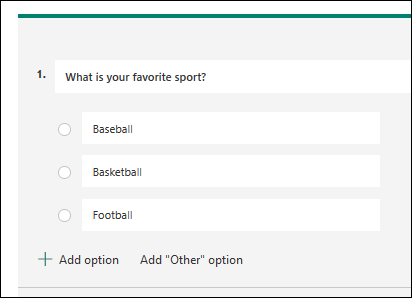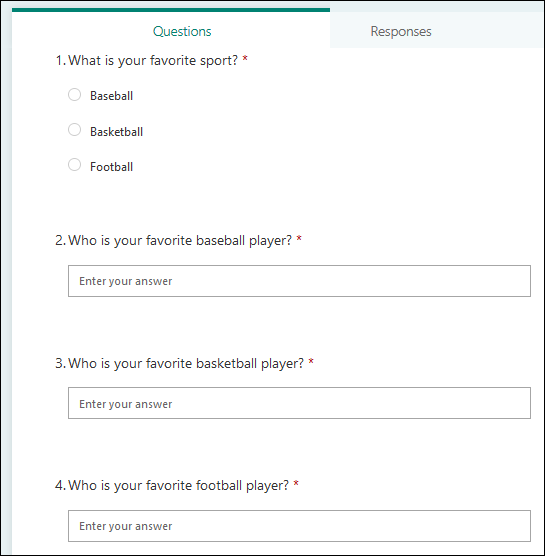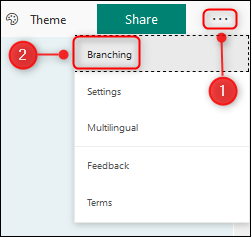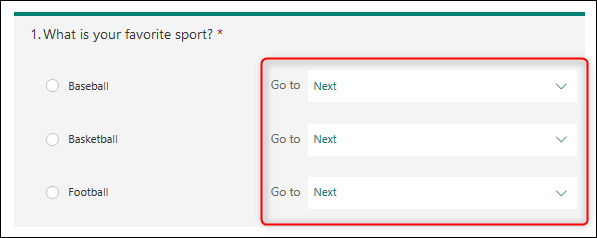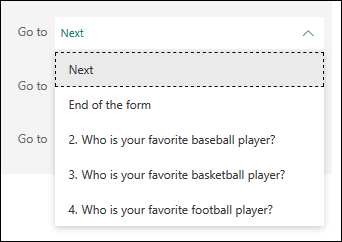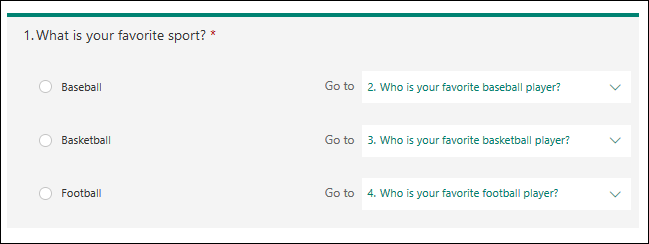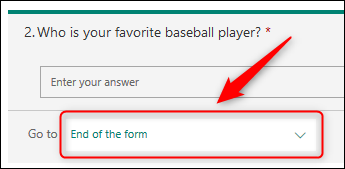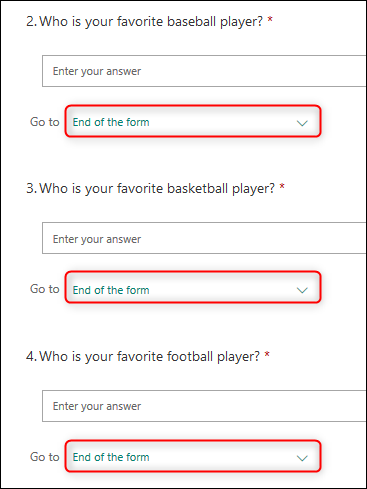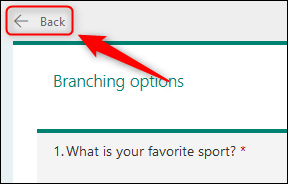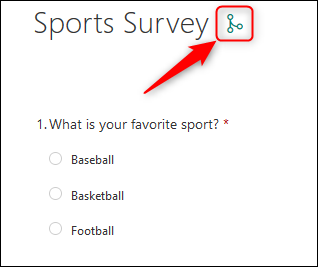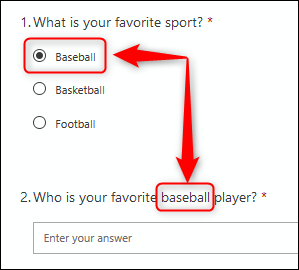Microsoft Forms is a great tool for creating free, easy-to-use surveys, polls, quizzes, and questionnaires. It includes branching, which allows you to send users to different questions depending on their previous answers. Here's how to add branching to your form.
To use Microsoft Forms, you'll need a free Microsoft account (or a paid Office 365 account). Once you're logged in, go to the Forms home page to start. If you haven't used Forms before, we have a full guide to using it. Take a quick look through that because you'll need to know how to add questions before you can add branching.
If you've never used branching before, it's quite a simple concept: The next question a user will see depends on what answer they give to the previous question. So if your form asks a question with a choice of answers, A or B, branching will send the user to one question if they answer "A," and another question if they answer "B."
Let's look at an example. We'll create a simple survey, where we want to know people's favorite sport and their favorite player in that sport. The first question will be, "What is your favorite sport?" and we'll provide three options:
- Baseball
- Basketball
- Football
If they choose "Baseball," we'll branch off to the question, "Who is your favorite baseball player?" If they choose "Basketball," we'll branch off to the question, "Who is your favorite basketball player?" and so on.
Here's how this works in practice. In Forms, click the “New Form” button to start.
This opens a blank form. Click “Untitled Form” and then type in a name for your survey
Now, click the "Add New" button to add a new question.
Branching works most effectively with "Choice" questions, so select that option.
We now need to add a question and answer choices.
Before we can add branching, we need to add the different questions that users will see depending on their answers. We'll add three more questions, one each for the three choices we gave the user.
The questions should be simple text questions. Our complete survey looks like this:
Now, we can add branching. Click the three-dot menu button in the top-right corner and then select "Branching" from the menu.
The form will now display the branching options for your choice question.
Click the dropdown to select which question you want the user to see for each answer they select.
Choose the appropriate question for each choice.
We need to make sure users see only the questions we want them to see, which means hiding the other questions. So if someone selects "Baseball," we want them to see the "Who is your favorite baseball player?" question and no others.
Select the second question, and in the branching dropdown, choose "End of the Form."
Select the third and fourth questions and do the same thing.
When you've finished making your choices, click "Back" to change from the branching view to the normal design view.
The form will look exactly as it did before, but with a branching symbol to show you've added branching rules.
To see the branching in action, click the "Preview" button in the top right of the form.
When you choose an option from the first question, the second question will change to match.
You can use branching on any type of question to send people to the next question, a specific question, or to the end of the form. In our example, we could have added branching that sent people to the end of the form if they chose a favorite baseball or basketball player, but sent them to extra questions if they chose a favorite football player.
Although it's quite simple to use, branching lets you create complex forms easily and quickly. If you use Forms at all frequently, it'll become an indispensable tool in no time.


